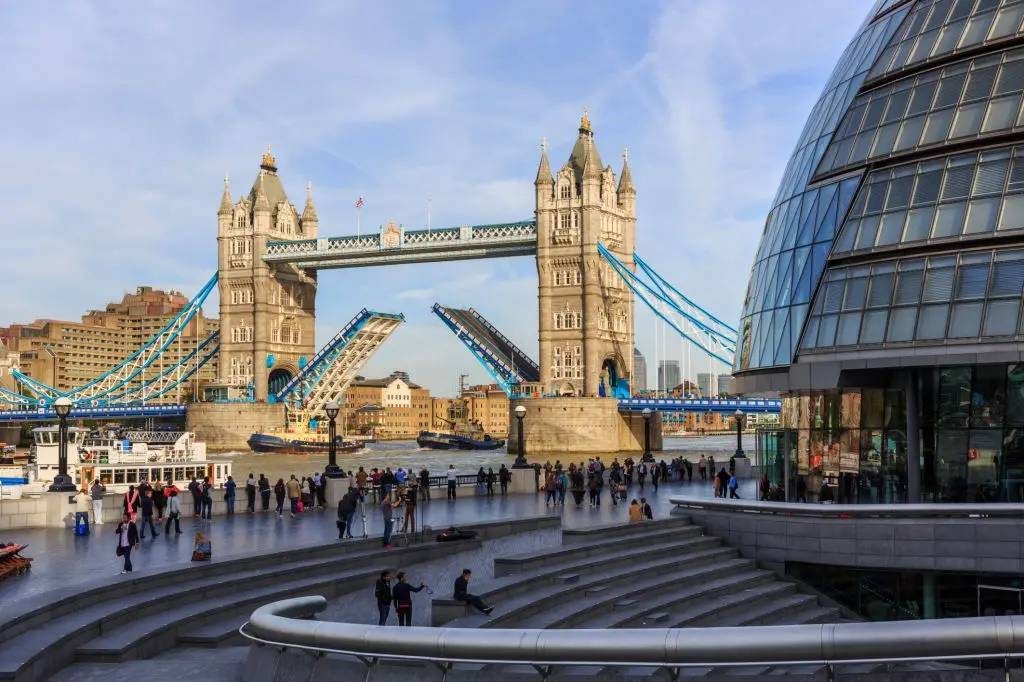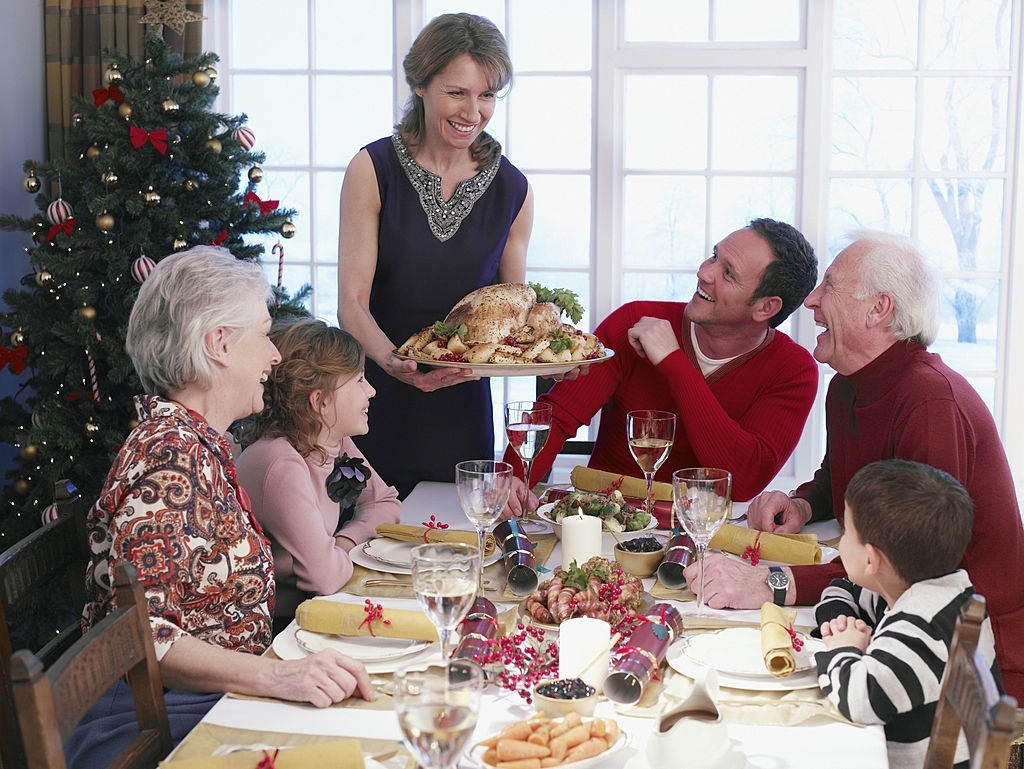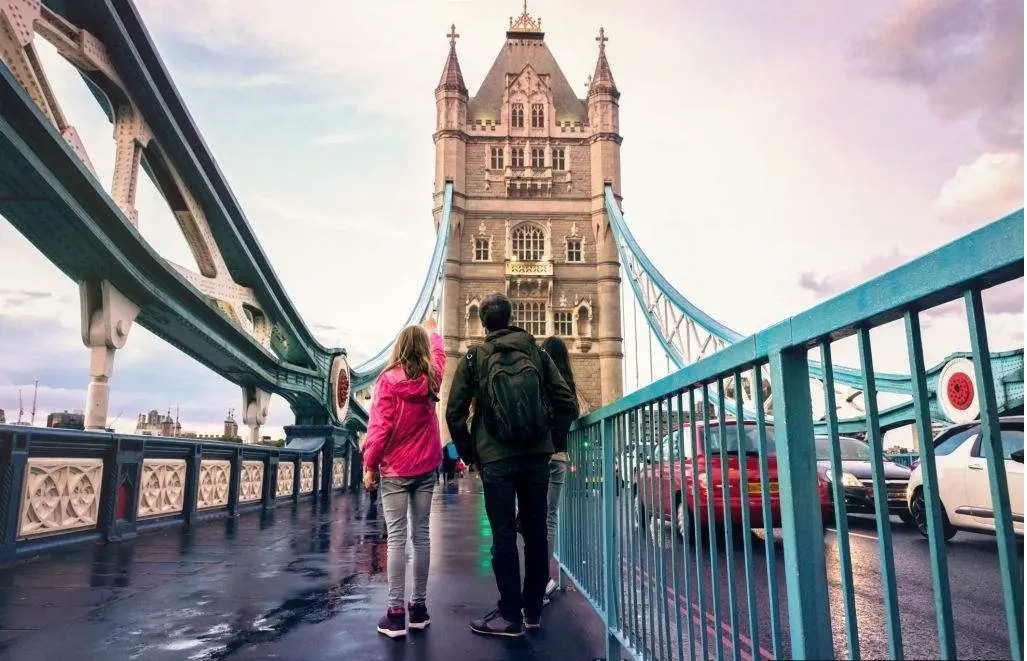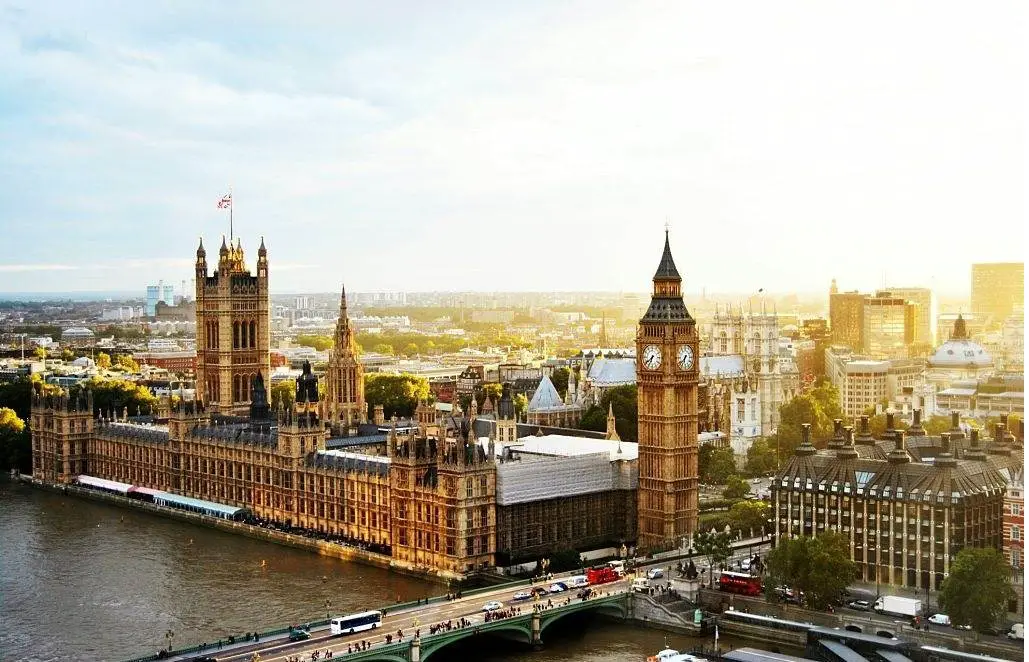Summary
- Royal Residence: Explore Buckingham Palace's status as the official London residence of the British monarch, detailing its history, architecture, and significance as a symbol of the monarchy.
Buckingham Palace, an iconic landmark nestled in the heart of London, serves as the official residence and administrative headquarters of the British monarchy. With a history dating back to the early 18th century, this grand palace has become synonymous with British royalty and the seat of power. Its magnificent neoclassical facade, adorned with intricate details, commands awe and admiration from visitors worldwide. Beyond its opulent exterior lies a sprawling complex comprising 775 rooms, including stately ceremonial spaces, private apartments, and offices. Buckingham Palace one of the famous England palaces also plays host to numerous state functions, royal events, and the famous Changing of the Guard ceremony, captivating millions with its regal charm and rich heritage.
Address and How to Get Buckingham Palace
Buckingham Palace, located in the City of Westminster, London, England has the prestigious address of Buckingham Palace Road, SW1A 1AA. Situated in the heart of the city, it is easily accessible and well-connected through various transportation options.
To get to Buckingham Palace, one can utilize public transport such as buses, underground trains, or taxis. The nearest underground station to the palace is Victoria Station, which is served by the Victoria, Circle, and District lines. From there, it is a short walk of approximately 10 minutes along Buckingham Palace Road to reach the palace. Several bus routes also pass by or have stops near Buckingham Palace, including bus numbers 11, 211, C1, and C10.
For those preferring to travel by car, there are limited parking spaces available near Buckingham Palace, and it is advisable to check for parking restrictions and availability beforehand. However, due to the high volume of visitors and limited parking, it is often recommended to use public transportation instead.
Visitors can also enjoy a pleasant stroll through the city's streets to reach Buckingham Palace. The palace is located within close proximity to other famous landmarks, such as St. James's Park, Green Park, and The Mall, making it a picturesque walk for those exploring the area.
Full History of Buckingham Palace
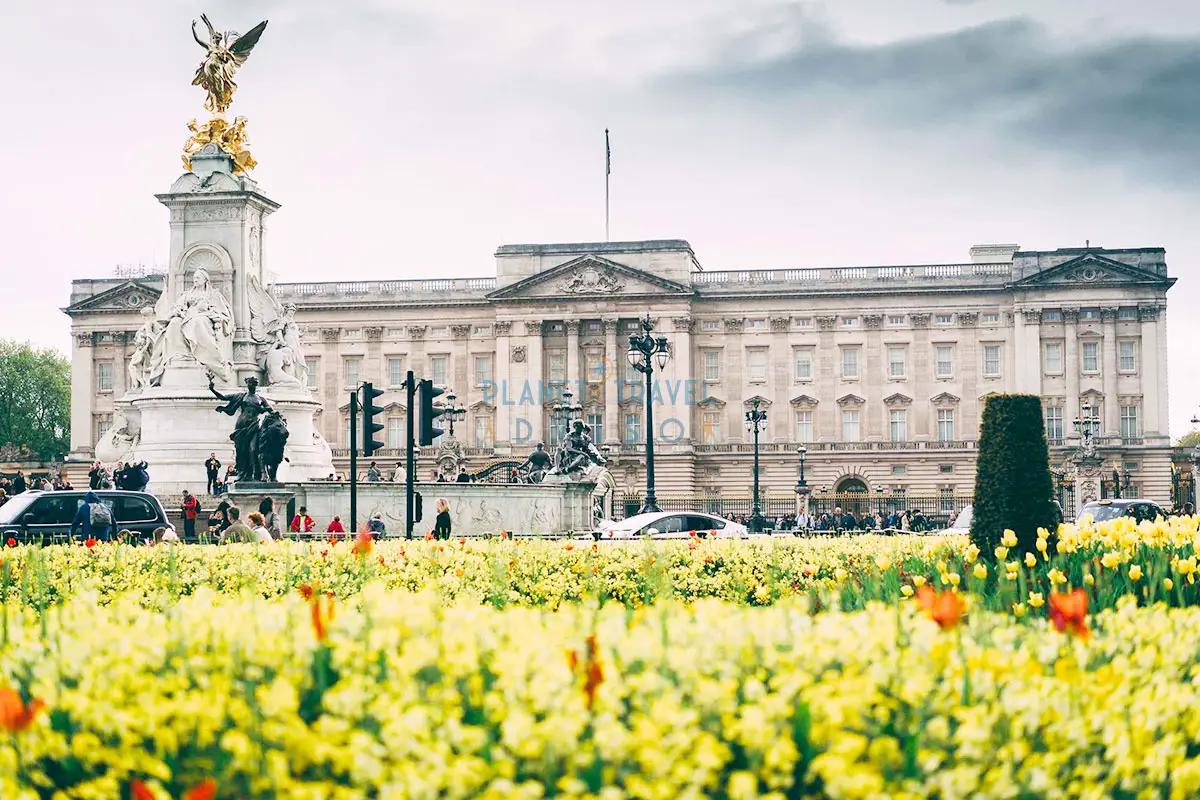
The history of Buckingham Palace dates back to the early 18th century. Originally known as Buckingham House, it was constructed in 1703 for the Duke of Buckingham as a private residence. Over the years, the house underwent several renovations and expansions before eventually becoming the grand palace we know today.
In 1761, King George III purchased Buckingham House as a private residence for his wife, Queen Charlotte. It became known as the Queen's House and served as a retreat away from the hustle and bustle of St. James's Palace. The renowned architect John Nash was commissioned to redesign and expand the house in the early 19th century. Nash's work transformed the building into a sprawling palace with a neoclassical facade, incorporating grand arches, columns, and a central balcony.
However, it wasn't until the reign of Queen Victoria that Buckingham Palace truly became the official royal residence. In 1837, when Victoria ascended to the throne, she chose Buckingham Palace as her primary residence, and it became the administrative headquarters of the British monarchy. Under Victoria's rule, extensive renovations took place, including the addition of the famous East Front, which provided a grand entrance to the palace.
The palace's significance grew over time, and it became the venue for numerous state functions and royal events. It also served as a symbol of national pride and the monarchy's enduring power. The public's fascination with the palace grew, and it became a popular tourist attraction, drawing visitors from around the world.
Throughout the years, Buckingham Palace has witnessed significant historical moments. During World War II, the palace endured bomb damage, but fortunately, it was quickly repaired. In 1945, it famously became the site where Prime Minister Winston Churchill addressed crowds to celebrate Victory in Europe Day.
Buckingham Palace continues to be a symbol of continuity and tradition within the British monarchy. It is the official residence of Queen Elizabeth II, who ascended the throne in 1952. The palace hosts various ceremonies and events, such as state banquets, investitures, and royal receptions. The Changing of the Guard ceremony, a popular tourist attraction, takes place in front of the palace and showcases the pomp and pageantry associated with the British monarchy.
In recent years, Buckingham Palace has undergone modernization and renovations to ensure it meets the demands of a 21st-century royal residence. The palace's State Rooms are open to the public during the summer months, allowing visitors to admire the opulent interiors and the impressive art and furniture collections.
Buckingham Palace stands not only as a magnificent architectural masterpiece but also as a symbol of British heritage and the monarchy's enduring presence. Its rich history and grandeur continue to captivate visitors, making it one of the most iconic landmarks in London.
Buckingham Palace Ticket Prices and Opening Dates
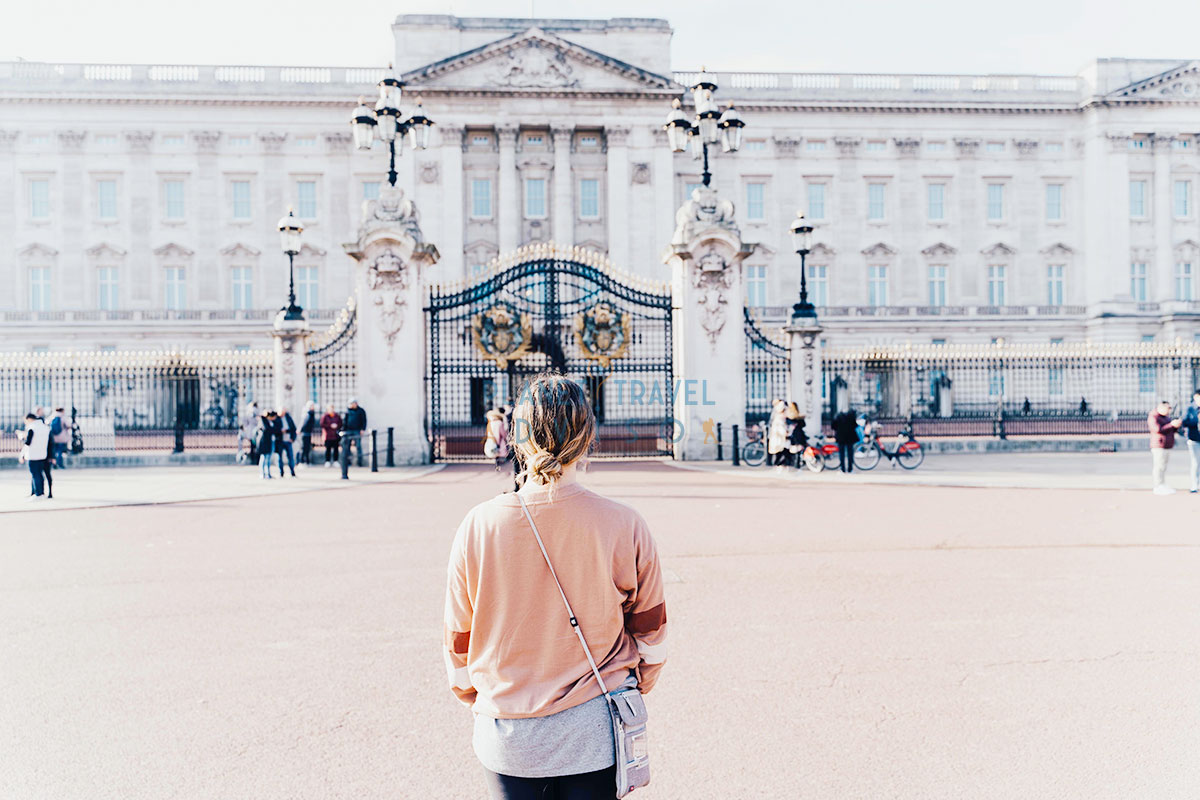
Buckingham Palace opens its doors to the public during the summer months, providing visitors with the opportunity to explore the State Rooms and experience the grandeur of the palace. However, it's important to note that the availability of public tours and opening dates can vary from year to year, and it's recommended to check the official website or other trusted sources for the most up-to-date information.
Tickets to visit the State Rooms of Buckingham Palace can be purchased in advance online or at the ticket office on the day of the visit, subject to availability. Prices for tickets may also vary and are typically announced closer to the opening dates. It's advisable to check the official website for the latest ticket prices and booking details.
Things to Do & See at Buckingham Palace Inside
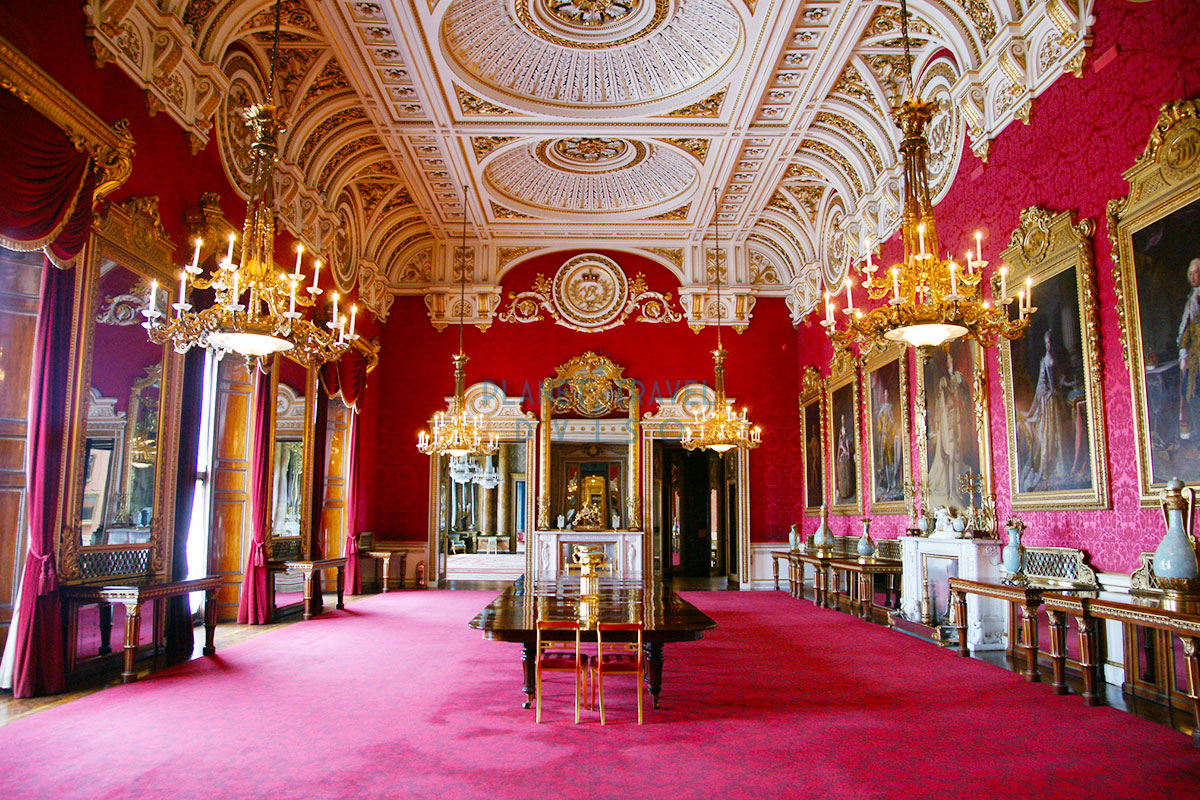
When visiting Buckingham Palace, one of the best places to visit in England 2025, there are several must-see attractions and activities that allow visitors to fully immerse themselves in the grandeur and history of this iconic landmark. Here are some things to do and what to see at Buckingham Palace:
1. Changing of the Guard Ceremony: This famous ceremony takes place in the forecourt of Buckingham Palace and is a highlight for many visitors. The ceremony features the changing of the guard, accompanied by music and intricate drill movements. It is a colorful display of British tradition and pageantry. The ceremony occurs daily during the summer months and on alternate days during the winter.
2. State Rooms: During the summer, visitors have the opportunity to explore the opulent State Rooms of Buckingham Palace. These rooms are where official receptions, state banquets, and other royal events take place. Admire the stunning decor, exquisite furniture, and impressive collection of art. Highlights include the Throne Room, the Ballroom, and the Picture Gallery, which houses masterpieces by artists such as Rembrandt and Canaletto.
3. The Queen's Gallery: Located within Buckingham Palace, the Queen's Gallery showcases a rotating exhibition of treasures from the Royal Collection. Visitors can view a diverse range of artworks, historical artifacts, and rare objects that reflect the rich cultural heritage of the British monarchy. The exhibits cover various themes and time periods, providing an enriching experience for art enthusiasts and history buffs alike.
4. Royal Mews: Situated adjacent to Buckingham Palace, the Royal Mews is a working stable and home to the royal collection of carriages and horses. Visitors can explore the historic state vehicles, including the Gold State Coach, which has been used for coronations since 1821. The Mews also houses the stables and carriage horses, offering a fascinating insight into the royal transportation traditions.
5. Gardens: The beautiful gardens of Buckingham Palace are a tranquil oasis in the heart of London. Spanning 39 acres, the gardens feature meticulously maintained lawns, vibrant flower beds, and serene lakes. Visitors can take leisurely walks, enjoy a picnic, or simply relax amidst the lush greenery. While access to the gardens may be limited depending on the time of year and specific events, they provide a serene escape from the bustling city.
6. Queen's Guard at St. James's Palace: Just a short walk from Buckingham Palace is St. James's Palace, another significant royal residence. Witnessing the changing of the guard ceremony here offers a different perspective and is often less crowded than the ceremony at Buckingham Palace. The Queen's Guard at St. James's Palace presents an equally impressive display of military precision and tradition.
7. The Victoria Memorial: Standing proudly in front of Buckingham Palace, the Victoria Memorial is a grand monument dedicated to Queen Victoria. This iconic statue depicts the queen seated on her throne and is surrounded by allegorical figures representing victory, courage, and charity. The memorial serves as a focal point for many visitors and provides a picturesque backdrop for photographs.
8. Royal Gifts Exhibition: As part of the State Rooms tour, visitors can explore a dedicated exhibition showcasing gifts presented to the British monarchy from around the world. These gifts range from ornate works of art and intricate crafts to unique cultural artifacts. The exhibition provides insight into the diplomatic relations between nations and the rich tapestry of global connections maintained by the British royal family.
9. Shopping and Dining: Buckingham Palace offers an array of shopping and dining options for visitors. The Palace Shop features a selection of royal-themed merchandise, including books, jewelry, and souvenirs. The Garden Café provides a picturesque setting to enjoy refreshments, while the nearby Victoria Barracks Café offers a range of light meals and snacks.
Buckingham Palace Queen's Guards & the Time of Guards Changing
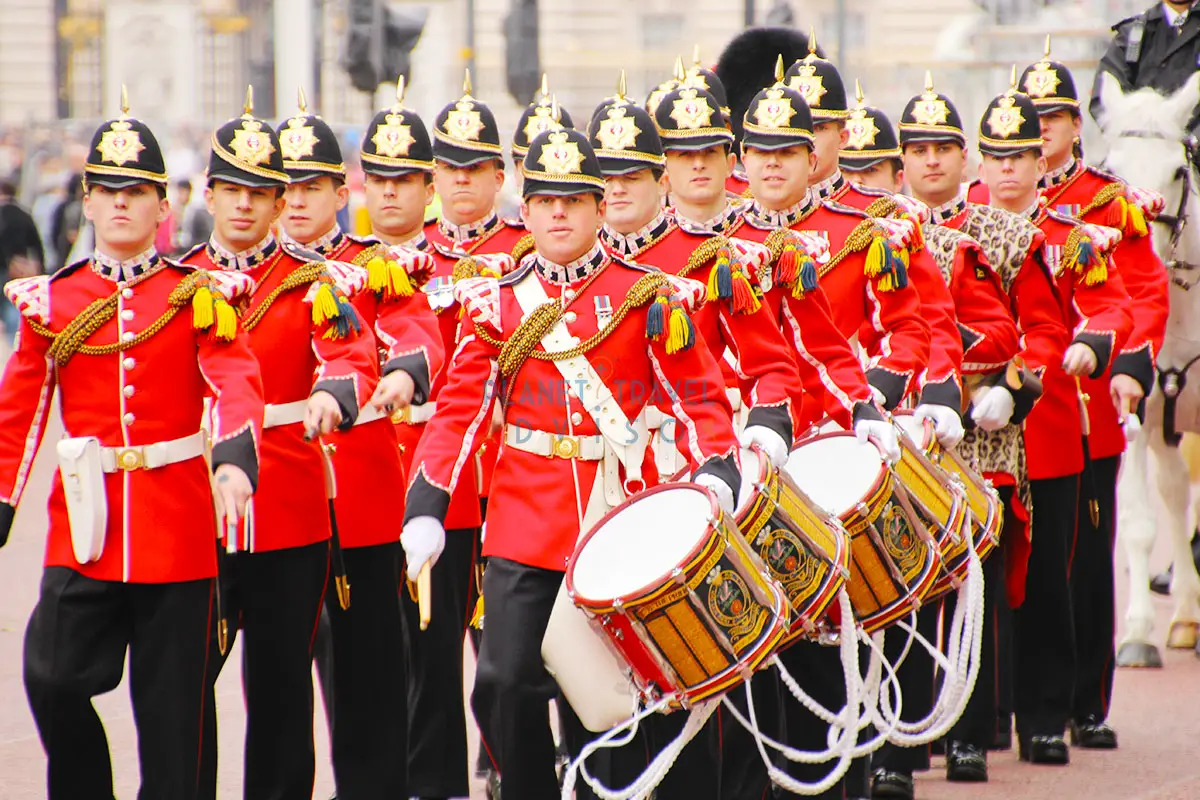
Buckingham Palace guards, known as the Queen's Guard, are a renowned symbol of British tradition and pageantry. Dressed in their iconic red tunics and bearskin hats, they stand at attention, showcasing their precision and discipline. These guards are responsible for protecting the palace and maintaining ceremonial duties.
The Changing of the Guard ceremony is a popular attraction that takes place in the forecourt of Buckingham Palace. It is a spectacle where the Old Guard hands over their responsibilities to the New Guard. The ceremony is accompanied by music from the regimental band and features intricate drill movements.
During the summer months, the Changing of the Guard ceremony occurs daily, usually at 11:00 AM. However, it is advisable to check the official website or local sources for the most accurate and up-to-date information regarding the ceremony schedule, as it may be subject to change or cancellation due to unforeseen circumstances or special events.
The Changing of the Guard offers visitors a chance to witness British military traditions and experience the rich heritage of the monarchy. It is a vibrant display of pomp and ceremony that attracts crowds of spectators eager to catch a glimpse of the guards as they march and perform their duties outside Buckingham Palace, adding to the allure and majesty of this iconic landmark.
The Best Time to Visit Buckingham Palace
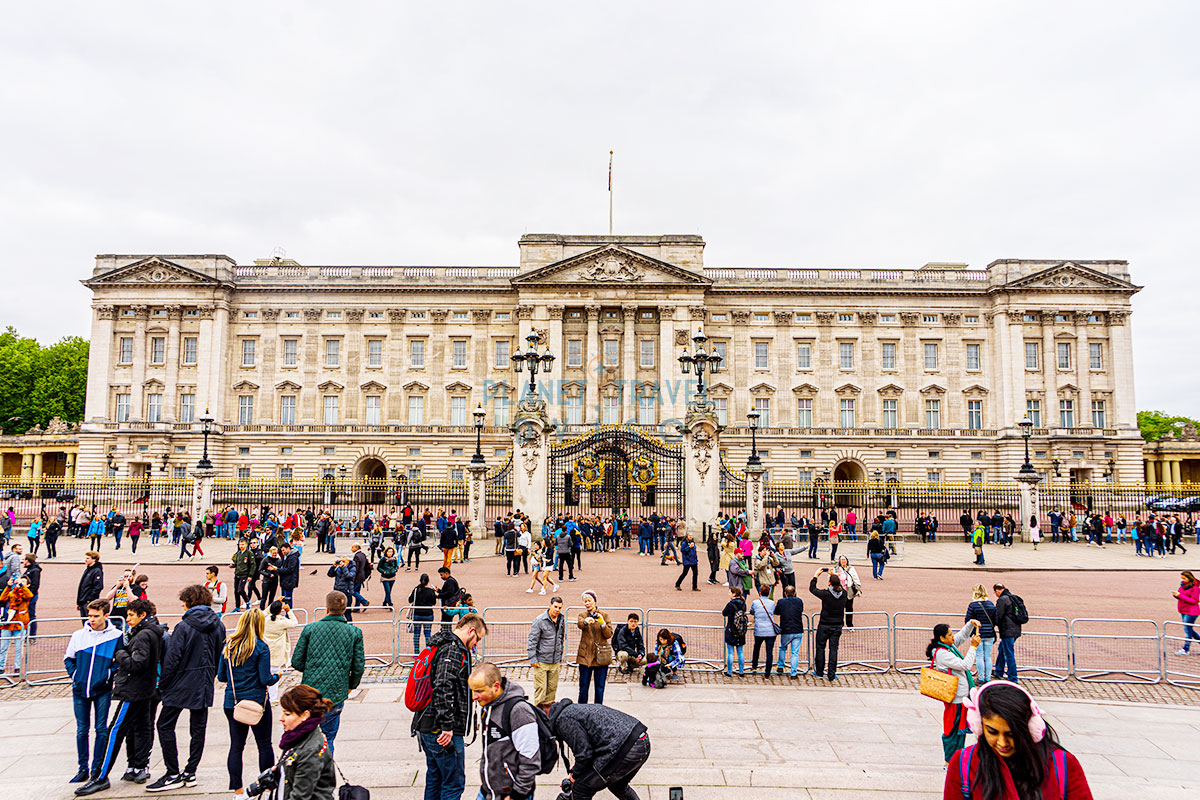
The best time to visit Buckingham Palace is during the summer months when the State Rooms are open to the public. Typically, the opening dates for public tours of the State Rooms are announced in advance, and it's advisable to check the official website or trusted sources for the specific dates.
Summer offers favorable weather conditions for exploring the palace and its gardens, enhancing the overall experience. Additionally, visiting during this time allows you to witness the daily Changing of the Guard ceremony, which takes place in the forecourt of Buckingham Palace. The ceremony is a popular attraction and adds to the vibrant atmosphere of the palace.
It's important to note that the popularity of Buckingham Palace can result in large crowds, especially during peak tourist season. To avoid excessive waiting times and ensure a more comfortable visit, it's recommended to plan your trip during weekdays and consider arriving early in the day.
Another consideration is to avoid major public holidays or events, as these periods can be particularly busy and may have limited access to certain areas of the palace or its gardens.
Planning a trip to England? The best time to visit England 2025 depends on your preferences. Spring offers blooming flowers, summer has longer days, autumn showcases fall foliage, and winter brings festive cheer. Explore historical sites, charming villages, and stunning coastlines while enjoying the unique experiences each season offers.
Interesting Facts about Buckingham Palace
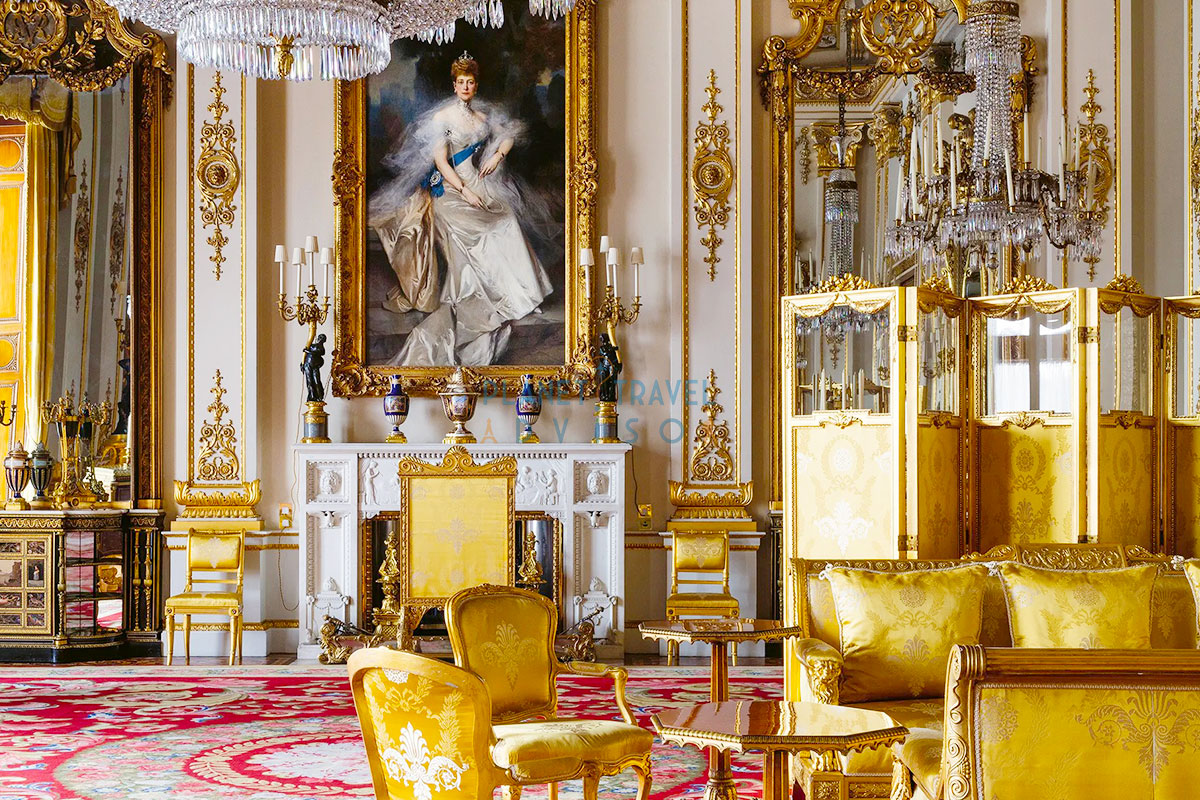
- Buckingham Palace has been the official residence of the British monarch since Queen Victoria's reign in 1837.
- It is located in the City of Westminster, London, and serves as the administrative headquarters of the monarchy.
- The palace boasts an impressive 775 rooms, including 19 state rooms, 52 royal and guest bedrooms, 188 staff bedrooms, and 78 bathrooms.
- The palace's iconic balcony is where the royal family often appears during significant events and celebrations, such as the Trooping the Colour ceremony and royal weddings.
- The palace's gardens cover an area of approximately 39 acres, making them the largest private garden in London.
- Buckingham Palace underwent extensive renovations in the 19th century, overseen by renowned architect John Nash, to transform it into a grand neoclassical palace.
- The Changing of the Guard ceremony, a popular tourist attraction, takes place in the forecourt of Buckingham Palace. It involves the ceremonial handover of guard duties between the Queen's Guard and the New Guard.
- The palace has its own chapel, known as the Queen's Chapel, which was designed by Inigo Jones in the 17th century.
- In addition to being a royal residence, Buckingham Palace serves as the venue for numerous state banquets, investitures, and official receptions.
- The palace is open to the public during the summer months, allowing visitors to explore the State Rooms and view the royal collection of art and artifacts.
Conclusion
In conclusion, Buckingham Palace stands as an iconic symbol of British royalty and heritage. With its rich history, opulent interiors, and grand architecture, the palace continues to captivate visitors from around the world.

